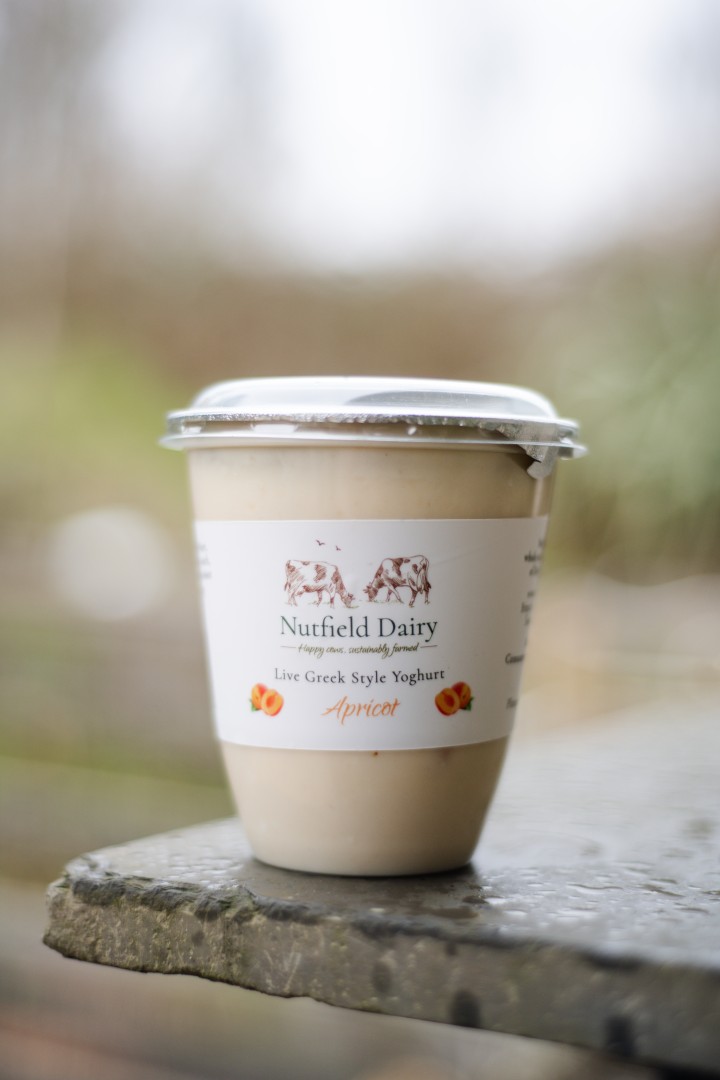The farm has 25 cows, with the Shorthorn breed being chosen as it thrives on a low-input, pasture-fed system. Matthew prepares for the cows to be wintered inside for around five months starting in November, though, in some years, the weather is nice enough in February for them to spend time outside.
With no use of synthetic fertiliser or chemical sprays for around three years, as well as the changes to the grazing, grassland biodiversity has started recovering with more insects, butterflies and dung beetles around the farm. Matthew’s adoption of agroecological techniques means there is no need to use worming medication as he instead encourages plants like bird’s foot trefoil, which have natural worm-controlling properties.
He's also started creating herbal leys on the farm, while one field has been sown with a wildflower mix to become a meadow, which he plans to cut for hay next year. Given the small size of Brays Farm, Matthew is aiming to grow around half the winter hay he needs for the cows on site.
“When I really moved over to regenerative practices, I wanted to take the pressure off and get used to things like the rotational grazing. Buying in silage allowed us to do that,” he says. “You’re not going to get everything right in your first year. Perhaps we could have made our paddocks smaller, had more of them and moved the cows more so there are longer rest periods. It’s all a learning curve. We’ve done quite well with it and seen where we can make improvements.”
The micro-dairy’s nature-friendly approach is able to work financially as despite the lower yields from the cows, the cost of production is also a lot lower, and inputs are reduced or removed. That balancing act also came into play when it came to what to do with the milk. Selling off the suckler herd gave Matthew and his partner Betsie, who grew up on her grandparents’ dairy farm, some of the money they needed to convert the farm’s buildings and create an old-fashioned eight-stall abreast milking parlour as well as turning two cabins into a milk processing facility.




